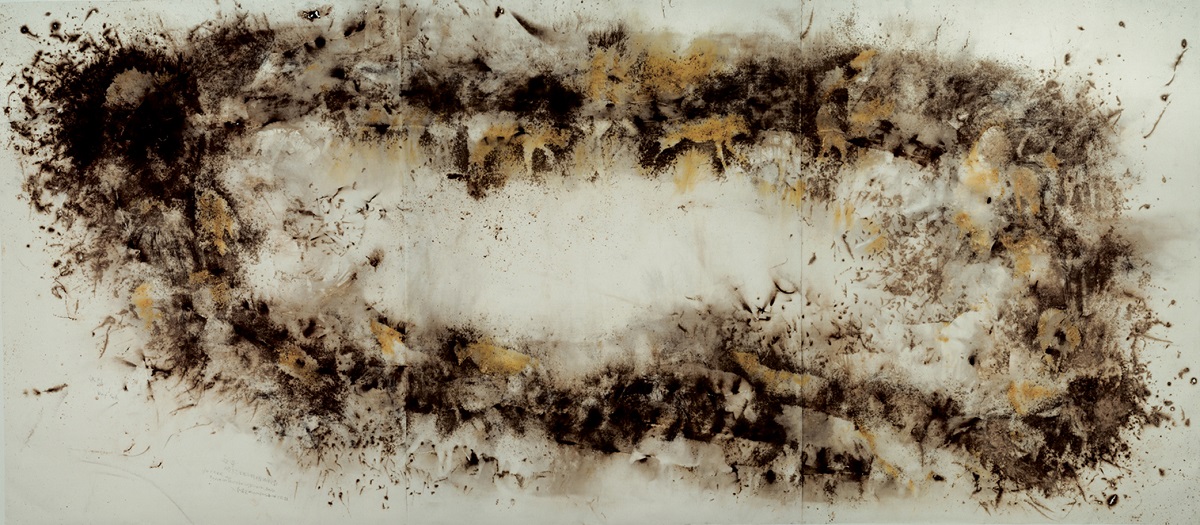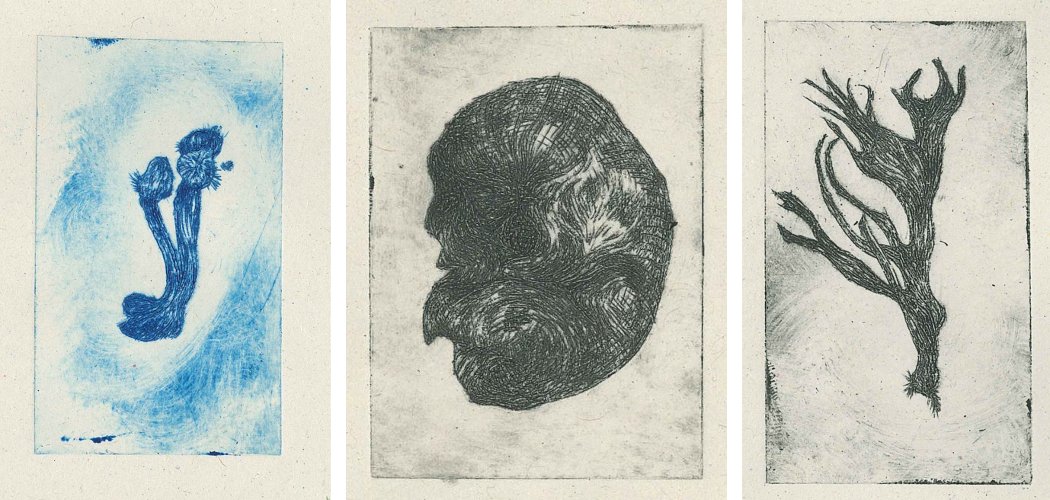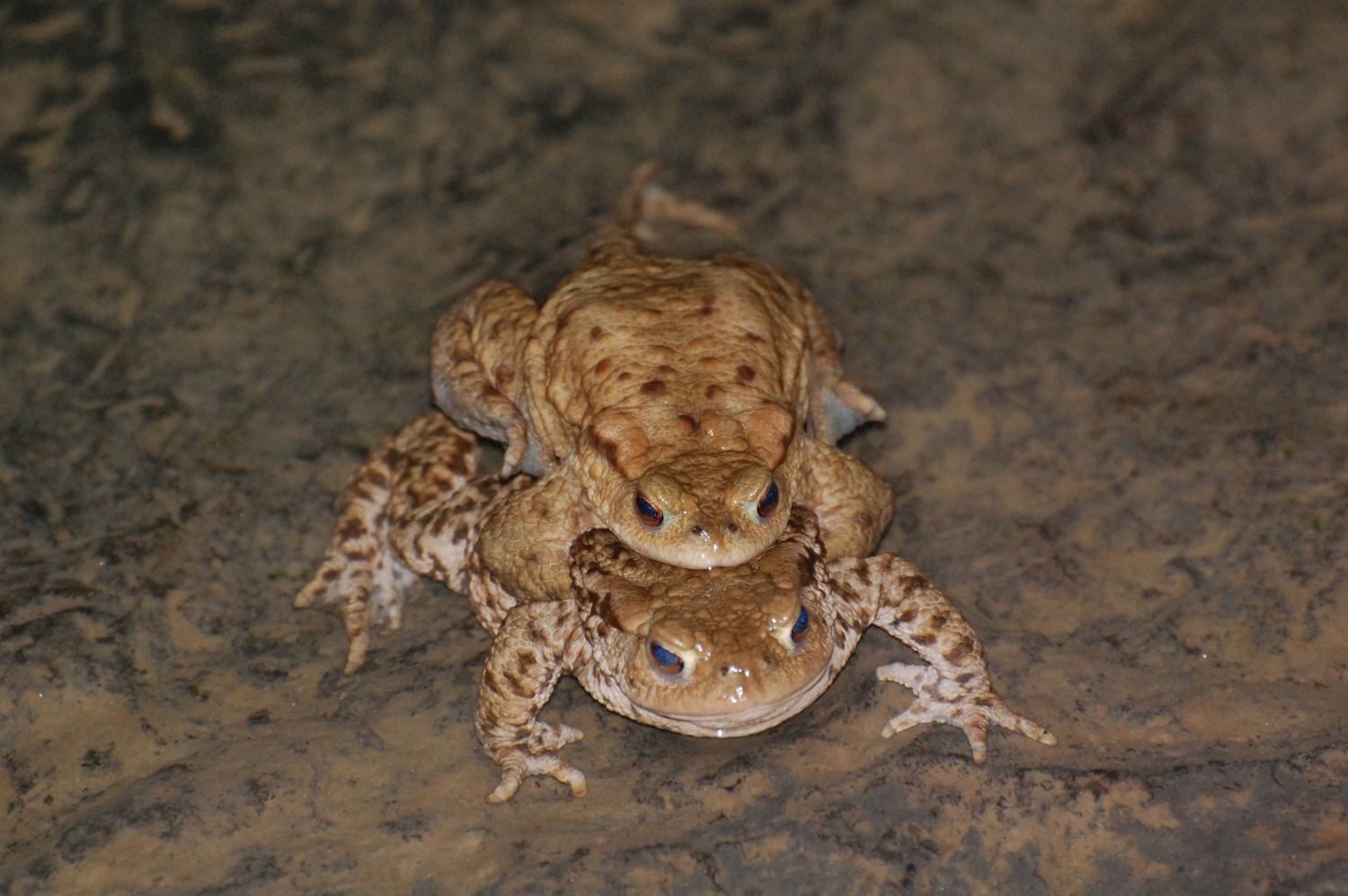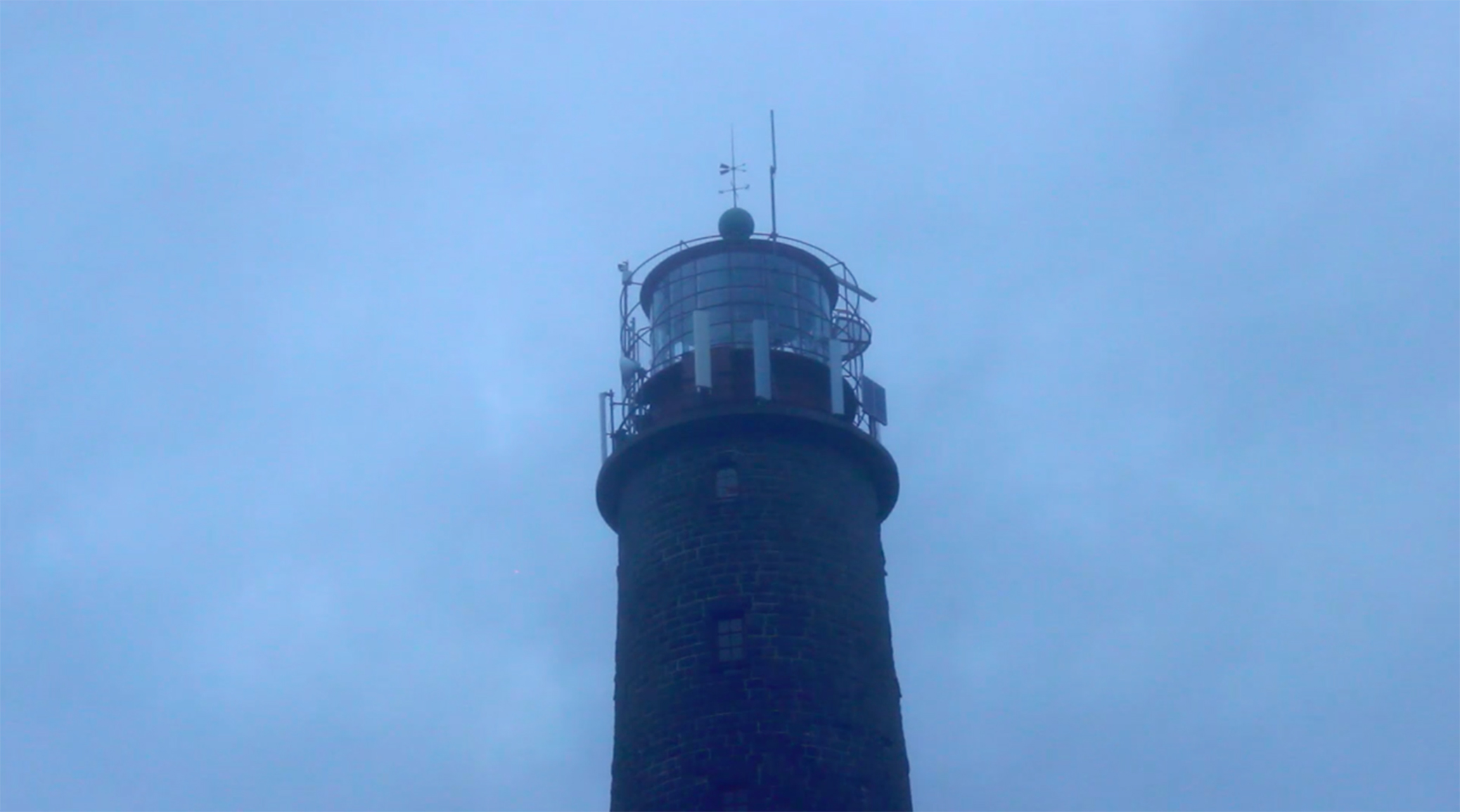Category: Nature
-

Stone Ghosts
On Mount Mitsumine in Oku-Chichibu, some 1,000 metres above sea level and surrounded by forest, is Mitsumine-Jinja – the most famous wolf shrine in Japan. The wolf in Japanese folklore is a powerful presence but, unlike in traditions elsewhere, it is a benign figure revered as a messenger of the spirits, a protector of crops…
-

Furry Attractions: Polar Bears in the Zoo
In the western hemisphere, polar bears have lived in our midst since the Middle Ages, a result of our fascination with these charismatic carnivores. Already in 1252, Henry III of England kept a muzzled and chained polar bear, which was allowed to catch fish and frolic about in the Thames. The first unequivocally identifiable polar…
-

Darwin’s Polar Bear
Many people may be aware that the beaks of Galápagos “finches” (in fact, the islands’ mockingbirds) helped Charles Darwin to develop his ideas about evolution. But few people realize that the polar bear too, informed his grand theory. Letting his fancy run wild, in On the Origin of Species, the man used to thinking in…
-

Open Call: Wolf Crossing
In Finland there is a line around the city: susiraja, the wolf border. Within is law and order: shopping malls and social security. Beyond the susiraja lie the wilds and the wolves – just 200 at the last count. Who will howl in the forests when the last wolf departs? The susiraja may be inviolable…
-

The Paper Zoo
Choosing to draw: philosophy and aesthetics Whatever else the Romans may have done for us, teaching us to draw was not one of their gifts. The two great works of classical scholarship on animals were Aristotle’s History of Animals, and Pliny the Elder’s Naturalis historia. Neither Pliny nor his Greek predecessor included any illustrations in…
-

Fruiting Bodies in the Forest School
Fungi are unusual. They are easier to define through a process of elimination, by identifying what they are not. They are not animal, mineral or vegetable, but ‘fruiting bodies’, strange forms of life growing out of decay, with their own fecund vocabulary: hymenium, volva, universal veil, inner veil, sporangium, spore, apocethium. Since beginning my artist…
-

Epicormic Psychology
The regeneration of Australia’s flora and fauna after fire is swift; or is this just a misconception of a nation’s psyche? The winding trail of sandstone rubble ascends before me through a pocket of dorsal-fin shaped bushland in Lapstone, in Australia’s Blue Mountains. This ecosystem is not granted a name. Even though it…
-

An Orgy of Toads
Soon after the clocks have gone forward and April Fools has passed, a spring event occurs which has yet to capture the popular imagination in quite the same way as eggs and rabbits. From the sodden depths of secret muddy highways, frogs and toads descend on their annual breeding grounds. For one unnerving week I…
-

Kaiku
Kaiku peeked through the kitchen window. The scene was empty – the Shaman was out. Kaiku went to the kitchen cupboard. Behind the pots and pans her fingers found a key. With great care she opened the door. The action made her shiver with excitement. The heavy door opened slowly. The room bathed in sunlight….
-

Not Just Fir Christmas
The fir tree has had a part to play in traditional winter festivities across Northern Europe for centuries, and a plaque marks the spot where an evergreen was first displayed in Riga town square as part of Latvia’s New Year celebrations in 1510. Queen Victoria’s consort Prince Albert is credited with popularising the Christmas tree…
-

Plant Migrations
With human civilisation comes ecological engineering. Over 10,000 years we have changed the world in increasingly dramatic ways. Many of these changes have been deliberate. Many have been the unintended consequences of our unquenchable curiosity and our anthropocentric thinking. How soon did early modifications of grasses in the fertile crescent of our imagination become commodities?…